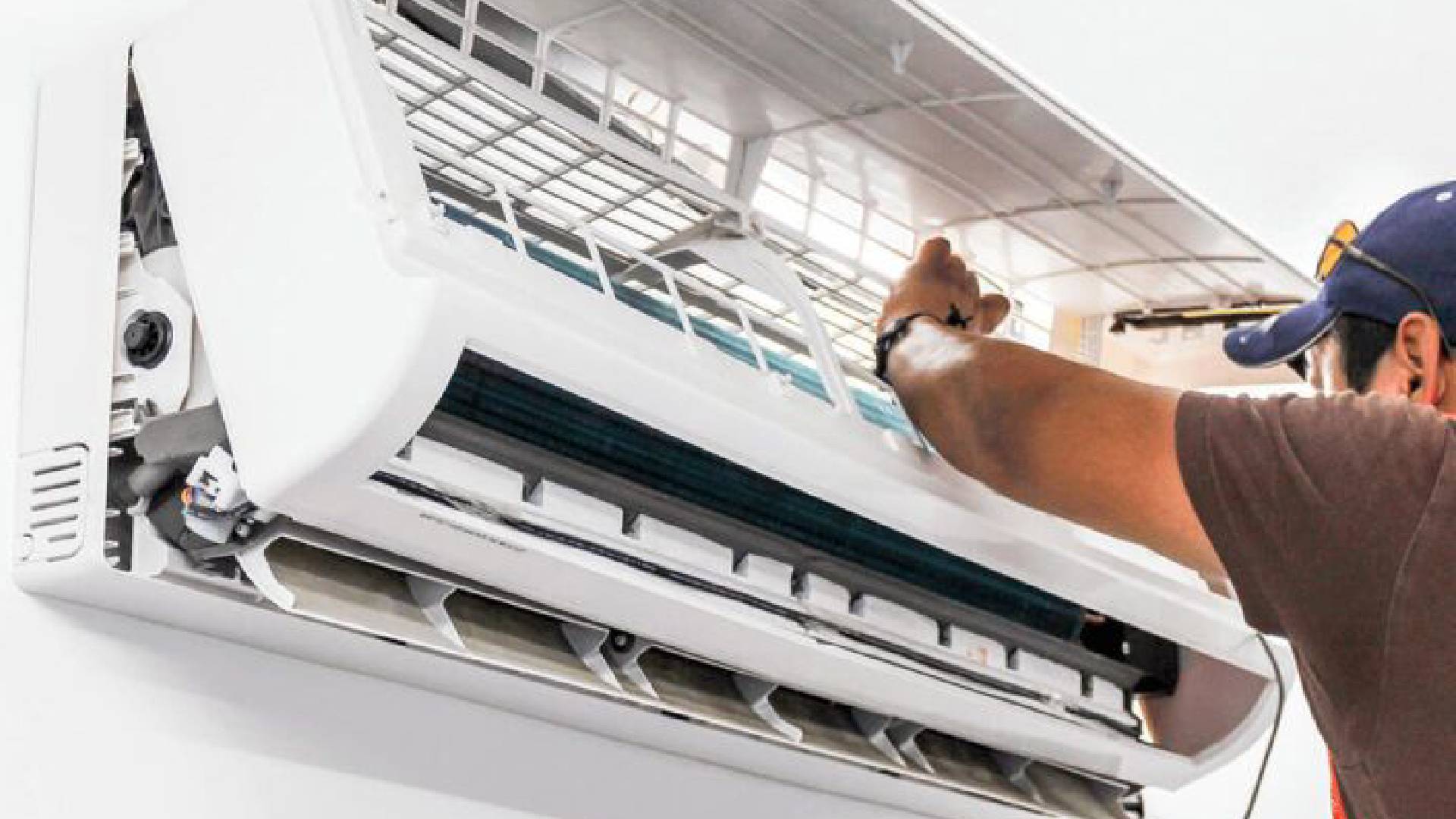Things to Consider Before Installing an Air Conditioner

In recent times, changes in weather and temperature have been noticed to be unsure that have resulted in increased demand for Air Conditioners throughout the past years worldwide. People often research and execute before getting familiar with new technology. Likewise, there are some things to consider before AC installation at your home.
Why is an air Conditioner necessary?
When people move forward and enjoy experiencing a comfortable lifestyle, they don’t
want to compromise some disadvantages. AC is one way of living a luxurious lifestyle
without getting heated during the summer. These inevitable factors make air
conditioners an essential part of your home.
Having an AC installed in your home will definitely change your lifestyle and room
temperature. But before making those changes, you should consider the type of AC
that suits your home and room size. You may also consider installing different air
conditioner systems, such as a split AC, a window unit, or a central unit, depending
on your requirements.
Before going through the installation process, it's crucial to evaluate a few
aspects:
Types of AC Units: Depending on your home space, aesthetics, and basic requirements,
choose between a split AC, a window AC, or a central air system.
Energy Efficiency: Look for energy-efficient models with high Seasonal Energy
Efficiency Ratio ratings. An energy-efficient unit saves money.
Budget: Consider both the installation cost and the long-term energy consumption and
expenses. Installation fees can vary depending on the type and your location.
Maintenance Requirements: Choose a model that's easy to maintain and has acceptable
service support in your area.
.
Air Conditioner Installation Guide: Make your
installation easy
Consider the following factors to make your AC installation process smooth and
reliable.
Site Evaluation:
You should analyse the area or room where you want your AC to be installed for
factors like sun exposure, ventilation, or insulation. These factors might affect
your AC's performance and restrict its long-term durability.
Load Calculation:
Seek Professional guidance on calculating heat load so that you can determine the
appropriate AC capacity for the space.
Electrical Compatibility:
Ensure that your electrical system can handle the load of your AC and upgrade it if
necessary.
Choosing the Right Contractor:
Hiring an experienced technician for the proper installation would prevent your unit
from being affected both in performance and warranty.
Best Place to Install an Air Conditioner: Strategic AC
Placement
When you choose the best AC for your area, the next crucial step is installation.
During the installation process, the place where the unit is installed could affect
its efficiency and comfort. Different AC units should be installed in the best place
that matches their type.
Split AC Installation:
Installing a split AC involves setting up both indoor and outdoor units. Following
the key split AC installation requirements can ensure smooth and efficient airflow.
When considering indoor AC units, they should be placed high on the wall for optimal
air flow and efficient cool air circulation. Avoid placing the AC directly above
your heat sources, such as ovens, stoves, heaters, etc.
The outdoor units should be positioned in a shaded, well-ventilated area with zero
to minimal exposure to rain and direct sunlight.
Window AC Installation Guide:9. Test the AC’s
Performance
A window AC is more straightforward to install but still requires careful attention.
These types of AC units should be positioned where they can blow air evenly across
the
room. During the installation, the window frame should be made sure to support the
weight of the AC. Use brackets if needed to support the weight and ensure stability.
Properly seal all gaps to prevent air and water leakage. The placement should be far
away from any obstacles.
Ideal Room Size for Air Conditioner
Choosing the right AC capacity for your room size will result in efficient cooling
throughout the area and energy use. When categorizing the AC units based on the room
size, people should consider the following systematic approach.
A 1-ton AC is ideal for rooms up to 120 sq. ft.; if your space is between 121 and
180 sq. ft., opt for a 1.5-ton unit. Larger areas ranging from 181 to 250 sq. ft.
typically require a 2-ton AC to ensure efficient cooling.
Also, factors like ceiling height, number of occupants, and heat-generating
appliances in the room should be considered.
Air Conditioner Setup Checklist
Before installing your air conditioner, it’s vital to ensure a few essential steps
for a smooth and effective setup. Start by confirming that the correct AC type has
been selected based on the size of your room. Ensure a proper heat load calculation
has been done, and the installation site should be chosen for indoor and outdoor
units.
After installation, double-check that the indoor and outdoor units are securely
mounted. Inspect the drain and refrigerant lines to ensure that they are leak-proof.
Confirm that air flows efficiently from the vents and that the thermostat is
functioning properly. Lastly, monitor the noise levels to ensure that they remain
within a comfortable and acceptable range. Following this checklist helps guarantee
your air conditioning system's optimal performance and long-term reliability.
Conclusion
Installing an air conditioner is more than just a purchase. By considering these
essential factors, you can ensure a smooth and effective setup. Every step matters,
from selecting the best place to install an air conditioner to understanding AC
installation requirements. Use this guide to make your installation process
stress-free and successful.
